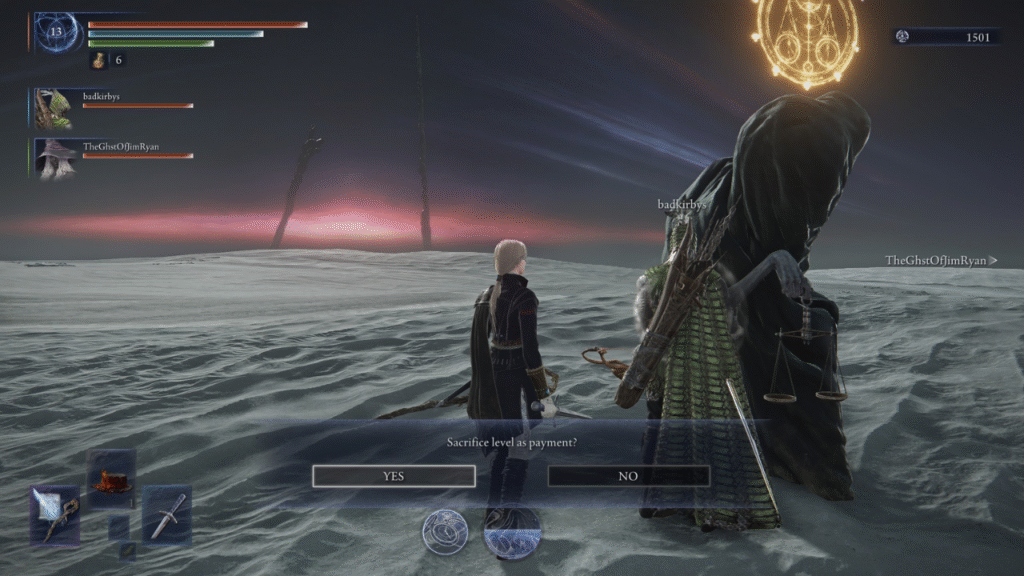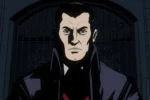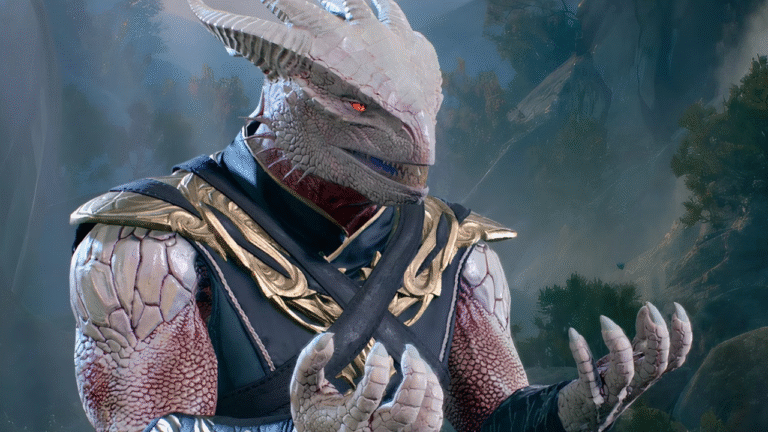FromSoftware’s love for Berserk has never been a secret. Since the days of Dark Souls, fans have often pointed out how many of the studio’s games borrow themes, visuals, and emotions from Kentaro Miura’s legendary manga.
But with Elden Ring: Nightreign, this inspiration feels more direct than ever, almost like a spiritual tribute.
While Nightreign doesn’t offer a complex plot, it mirrors the dark, brutal, and emotionally heavy world of Berserk in many subtle and not-so-subtle ways.
Even without a detailed narrative, the game manages to channel the same kind of rage, sorrow, and drive that defines the story of Guts, the tragic hero of Berserk.
A Quick Look at Berserk
Started in 1989, Berserk is still ongoing and follows Guts, a lone warrior haunted by trauma, loss, and vengeance.
From a cruel birth to a life full of violence and betrayal, Guts becomes a symbol of raw survival. His main enemies, the Godhand—an evil group of godlike demons—send monstrous Apostles across the land.
Despite all odds, Guts finds strength in a group of loyal allies, including Casca, Schierke, and Puck, as he pushes forward to fight unimaginable darkness.
The Boss Structure in Nightreign Mirrors Berserk’s Formula

One thing that Berserk does consistently is introduce mini-antagonists who act like bosses in a video game.
These are not just simple enemies—they pose serious threats and often reflect deeper emotional or narrative themes. Characters like Zodd or Ganishka become major tests for Guts before he can move on to face even greater dangers.
In Nightreign, this design is mirrored perfectly. Players must defeat several “Nightlords,” who are massive, semi-divine beings hyped throughout the game. These boss fights build up tension in a way very similar to Berserk, where each enemy feels like a unique threat with a strong presence.
This boss-rush-like structure gives Nightreign a strong narrative rhythm, where every encounter feels like a mini-story within a much larger battle.
Focus on Companionship Is a Big Shift for FromSoftware
Most of FromSoftware’s games are known for their lonely, isolated storytelling. You’re usually one character, facing the world alone. But Elden Ring: Nightreign breaks that pattern.
For the first time, the studio focuses on group dynamics and relationships. You play as part of a group called the Nightfarers, each with unique abilities and backgrounds.
While the emotional storytelling isn’t as deep as Berserk, the group interaction is a noticeable shift. It creates a team vibe that fans of Guts and his allies will recognize.
For example, Wylder, with his giant sword and arm cannon, feels like a clear nod to Guts himself. Duchess is quick and agile, echoing Casca and Serpico. Recluse is a skilled magic user, much like Schierke. And Ironeye, a deadly and efficient killer, reminds players of Irvine, a villainous archer from the manga.
These characters are not direct copies, but their fighting styles and roles feel familiar to anyone who’s read Berserk.
More importantly, the fact that players are no longer fighting alone is a big change that makes the experience feel closer to Berserk’s team-driven storytelling.
The Verdict: A Game That Feels Like Berserk Without Saying It
Even if you didn’t know what Berserk was, Nightreign would still feel different from previous FromSoftware games. It’s darker, more focused on team mechanics, and full of dramatic boss fights that feel like chapters in a larger journey.
For longtime fans of both Elden Ring and Berserk, this DLC is the closest thing to playing through a manga-style revenge saga.
And while FromSoftware never directly says it’s based on Berserk, the game’s structure, tone, and character design speak loudly on their own.





Leave a Comment